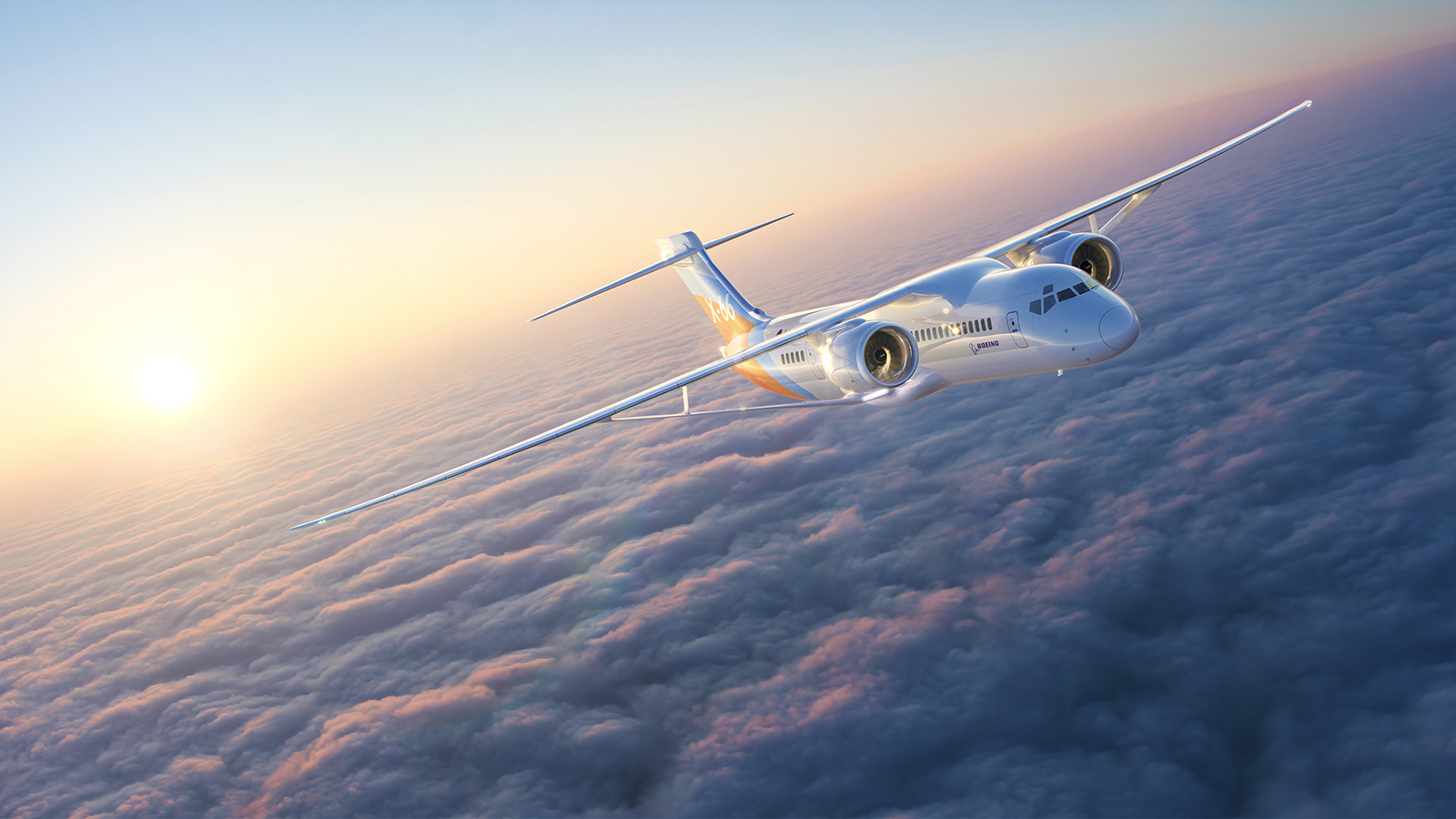Stay Up to Date
Submit your email address to receive the latest industry and Aerospace America news.
The Air Transportation Systems Technical Committee fosters improvements to air transportation systems and studies the impacts of new aerospace technologies.
In February, passenger air travel rebounded to pre-pandemic levels, according to the International Air Transport Association. IATA predicted a 10.4% increase in the total number of global passengers this year, as well as 5% growth in global air cargo traffic despite increased international trade restrictions worldwide. Global airline capacity was also expected to grow, with 1,583 aircraft deliveries scheduled. IATA forecasted that the airline industry will achieve profitability, with a net profit of $30.5 billion, a net profit margin of 3.1% and an operating margin of 6%.
Despite these projections, the global airline industry faced several challenges. New York-based consulting firm Oliver Wyman estimated a shortage of 17,000 pilots in North America, which was expected to impact airline operations and revenues. In July, a faulty software update by cybersecurity technology company CrowdStrike of Texas briefly shuttered airline reservation and flight operations systems, leading to 36,000 flight delays by the middle of the first day of the outage and approximately 10,000 flight cancellations within three days. New York-based insurance services firm Parametrix estimated in late July that the outage resulted in an estimated financial loss of around $860 million for six Fortune 500 airlines.
Substantial progress was made toward UTM, Unmanned Aircraft Systems Traffic Management. In July, in a first for U.S. aviation, FAA authorized multiple commercial drone operators for beyond-visual-line-of-sight operations in the Dallas-Fort Worth airspace. Zipline and Wing of California were approved to deliver packages while maintaining safe separation between their drones via UTM technology.
On the advanced air mobility front, Joby Aviation and Archer Aviation, both of California, made progress toward receiving FAA type certification of their electric vertical takeoff and landing aircraft. In February, Joby announced it had completed the third of five stages required to certify its S4 aircraft for passenger service. In March, FAA released the final airworthiness criteria for Archer’s Midnight, clarifying the path for Archer to achieve type certification.
Notable steps also occurred toward the return of civil supersonic transportation. In January, NASA and prime contractor Lockheed Martin unveiled the X-59 demonstrator. In its Quiet SuperSonic Technology mission, NASA plans to fly X-59 over select U.S. communities to gather acoustics data that could help lift the ban on overland supersonic flight, ushering in a new generation of commercial supersonic aircraft. In March, Boom Supersonic made the inaugural flight of its XB-1, a one-third scale demonstrator that it calls “the world’s first independently developed supersonic jet.” This is a step toward proving the technology for the company’s planned Mach 1.7 airliner, Overture.
In sustainable aviation, NASA and Boeing in March released new renderings of the X-66A Sustainable Flight Demonstrator, a transonic truss-braced wing (TTBW) design. NASA says this demonstrator, now in production, could slash aircraft fuel consumption and reduce emissions up to one-third compared to today’s aircraft. Boeing has acknowledged that the dual status of the TTBW aircraft — folded wings and unfolded wings — would create workload and training challenges for air traffic controllers. Other areas of concern are de-icing procedures and incompatibility with certain airport runways.
In July, AALTO HAPS Ltd. in the U.K. announced that it had secured design organization approval from the U.K. Civil Aviation Authority for its solar-powered Zephyr, a high-altitude platform station that in 2022 set a record-breaking altitude and flight endurance in Upper Class E airspace, reaching an altitude of 75,000 feet (22,860 meters) and staying aloft for 64 days. Recent interest in such high-altitude missions has led to efforts by FAA, NASA and other organizations to research and develop Upper Class E Traffic Management.
Stay Up to Date
Submit your email address to receive the latest industry and Aerospace America news.




